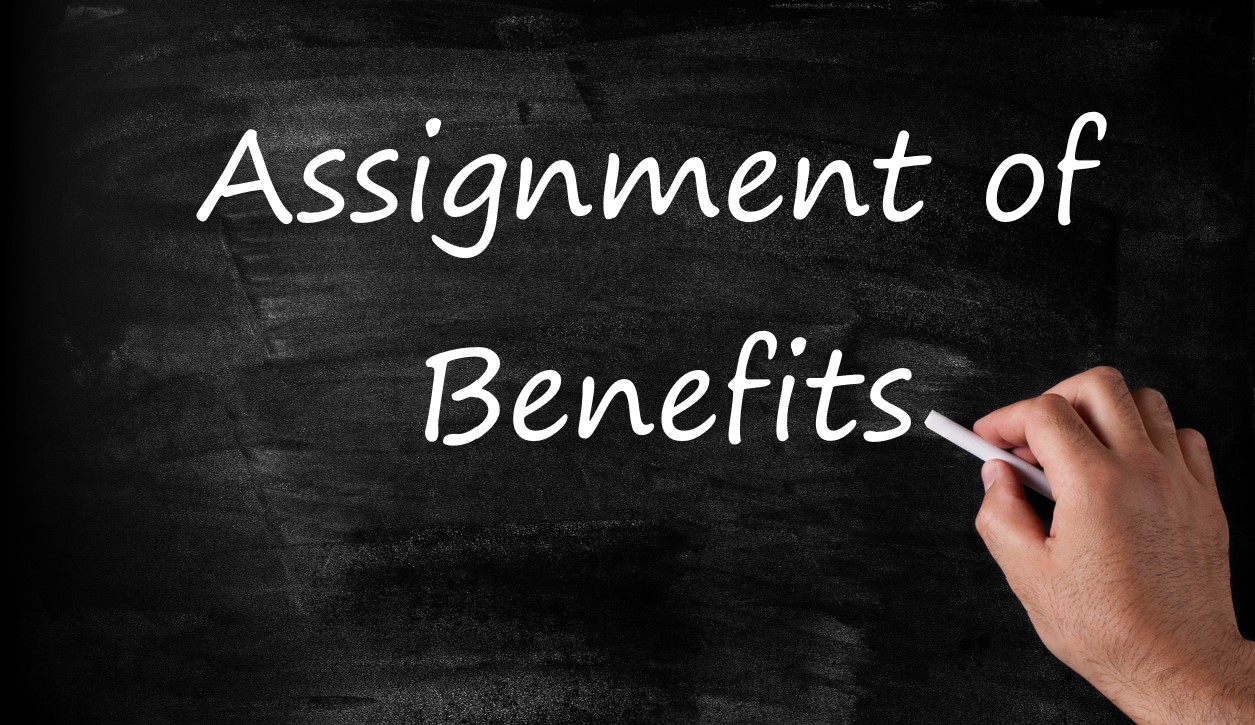The issue of whether a total cessation or a mere slowdown in productivity is required to trigger Business Income coverage is one of those questions that will most likely be defined in the policy. If not defined, courts will decide if the requisite elements are met for business income coverage. In my earlier post, The Shortcomings of a Total Cessation Requirements—Understanding Business Interruption Claims, Part 55, I highlighted how many courts follow the “total cessation” approach, but that many others will allow recovery under a “slow down” theory and discussed the limitations and implications of following a “total cessation approach.”
In considering Extra Expense provisions, however, courts will not require a total cessation of the operations to trigger coverage for necessary expenses incurred in reducing the amount of the loss.
A good explanation of the general requirements to trigger extra expense coverage can be found in Archer Daniels Midland Co. v. Aon Risk Services, Inc. of Minnesota, 356 F.3d 850 (8th Cir. 2004).
ADM processes and markets a variety of agricultural commodities such as corn, wheat, and soybeans. ADM uses corn to make such products as high-fructose corn syrup (“HFCS”) and ethanol. It relies heavily on corn producing operations and government transportation ways along the Mississippi and Illinois Rivers to conduct its operations. ADM insured its operations for $100 million under a difference-in-conditions program with several layers of insurance.
In 1993, severe floods devastated the Midwestern corn crops. The flood also obstructed the waterways and hampered the ability to navigate and move products by barge on the river. ADM claimed the flood caused it to incur extra expenses to procure sufficient quantities of corn for its processing and that the prolonged closures of parts of the Mississippi and Illinois Rivers caused it to incur additional expenses in alternative transportation. ADM ultimately submitted claims to its insurers for losses from the flood totaling more than $166 million, in extra expenses and contingent business income losses.
ADM filed suit against all its insurers and settled with all, except for the hardiest $50 million layer with Hartford. The district court found that Hartford’s policy insured only against direct physical damage to ADM’s insured property, and that Hartford was not responsible for any contingent business or extra expense losses. ADM filed suit against its broker, Aon Risk Services, seeking $50 million in damages for Aon’s failure to secure contingent business interruption and extra expense coverages in the Hartford policy. The broker alleged that ADM could not seek to recover Hartford’s excess layer because it had not exhausted the underlying layers. The court denied Aon’s motion and allowed ADM to proceed against its broker, holding that ADM had exhausted the lower layers by agreeing to settle with the underlying insurers for a partial sum and absorbing the balance.
Aon then argued that even if it had procured contingent business and extra expense coverage under Hartford’s policy, ADM could not have recovered because its operations were not interrupted. Aon also argued that ADM’s expert was not offsetting the amounts that the manufacturing giant was hedging in the commodities futures market or the increased costs that it passed down to its buyers.
The jury returned a verdict of $16.5 million against Aon and the court awarded $3.6 million in pre-judgment interest. Aon appealed.
In affirming the verdict and interest award, the court of appeals stated:
The phrase “interruption of business,” as used in section 13Q of the DIC policy, does not require ADM to show that its corn processing plants stopped or slowed production. An interruption of business means some harm to the insured’s business, including the payment of extra expense, that would not have been incurred but for damage that an insured peril has caused to the property of any supplier.
Section 10B specifically excludes from the definition any “extra expense in excess of that necessary to continue as nearly as practicable the normal conduct of the insured’s business.” Because the definition of extra expense contained in Section 10B applies wherever the term is used in the DIC policy, it applies to the extra expense coverage provided by Section 13Q.
As defined in Section 10B, extra expense clearly includes those expenses necessary to carry on business operations. Section 10B would not make any sense if the DIC policy were interpreted as covering only the extra expense incurred as a result of a complete cessation of business. Accordingly, Aon’s argument that the policy only covers extra expense if business operations were stopped is inconsistent with the terms of the policy.
The cases cited by both parties demonstrate that parties to an insurance contract can require a slowdown or cessation of business before extra expense coverage applies. The DIC policy, however, does not include such a requirement with respect to the extra expense coverage and we are not at liberty to rewrite the policy to include one.
Notwithstanding this general principle, every policy must be read carefully to determine if this general rule applies to a particular claim. Feel free to call if you have questions.



